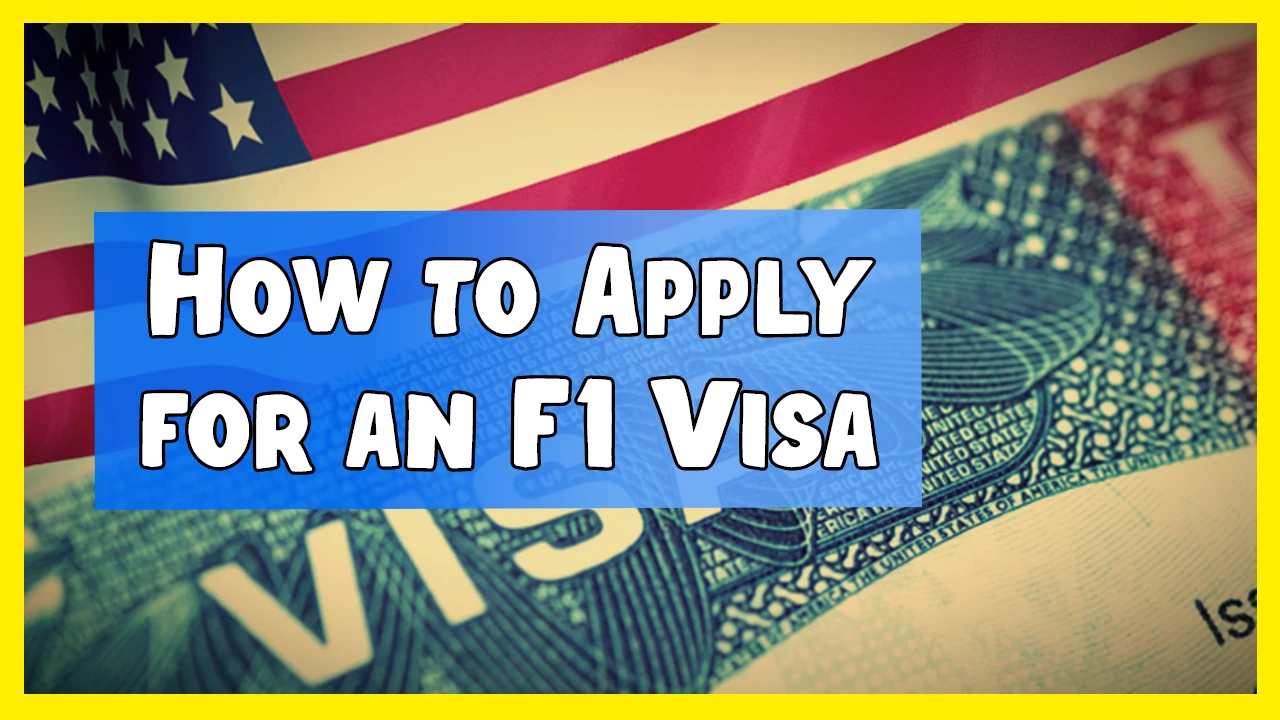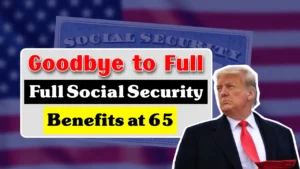If you have been accepted to a U.S. school and wishing to study there, you will need an F1 visa. F-1 visa is dream for most of the students. This visa is designed for full time students. It enables foreign students to legally reside in the U.S. while they study.
Securing this visa can seem like a rather lengthy process, but it’s less overwhelming when you know the steps ahead of time. The following article explains the process in plain English so you can get your F1 visa without any hassle.
How to Apply for an F1 Visa
First of all it’s good to be familiar with just what the F1 visa is. F1 visa is a non-immigrant visa offered to individuals who are planning their studies in the United States. Only students who plan to enrol in a full-time programme of study at a school, college or university or a language training programme may apply. You cannot use this visa to reside permanently or work full time in the U.S. For study only. The visa permits you to remain in the U.S. for the duration of your program, plus some additional time for preparing to leave or for applying for more studies.
You will need to be accepted into a U.S. college that has been approved by SEVP (Student and Exchange Visitor Program). You can then only begin the application for an F1 visa. If you get accepted, you’ll be sent an I-20 form (which is a big piece of paper, the number one important document in your visa adventure). You need it just to start the application.
The School and I-20 Form
Your school of choice is a large part of the F1 visa process. Once you apply to a U.S. school and are accepted, the school sends you a form, the Form I-20. This form is evidence that you’re a real student who has been admitted to a real program in the U.S. Among other things, it contains crucial details such as your name and date of birth, your course of study, how long it will take you to complete the program and the school’s information.
Many students bring bank statements, scholarships or sponsor letters to demonstrate this. You have to keep your I-20 in a safe place, because you will need it for your visa interview, at the airport, and while living in the U.S.
What Occurs at the Visa Interview
The F1 visa interview is the most significant part of the whole process. It is the decision, the visa officer makes, whether you are a true student or not. You will be discussing your educational plans, your background, your financials and your future during the call. The officer will be very interested to hear whether you really plan to study and whether you will return to your home country after completing your studies.
The following are some types of documents you should carry:
- Working and up-to-date passport (not getting expired any time soon)
- I-20 issued by your U.S. school
- DS-160 confirmation page
- SEVIS payment receipt
- Visa fee payment receipt
- Passport-sized photo
- Financial evidence (bank statements, letters of scholarships, etc.) **accommodation.
- School admission letter
- Educational credentials and scores
After the Visa Interview
If your F1 visa application is approved the officer will retain your passport and return it to you with your F1 visa inside. The officer may also need more paperwork or time in order to decide. This is known as administrative processing.
Once you have your visa, you can begin planning your trip. You can enter the U.S. up to 30 days before your course begins. Be sure to bring your I-20, visa, passport and school address when you travel. Once you arrive in the U.S., you should check in with your school and follow their directions. Just remember, while studying, you’ll need to remain a full-time student to maintain the validity of your F1 visa.
The F1 visa does not permit you to study and work full time, but you are allowed to work as much as 20 hours a week on campus while school is in session and more hours during breaks. You can apply for a special program, called OPT (Optional Practical Training), that allows you to work for some time in the U.S. after you graduate.
FAQs
Can individuals bring their family to USA on F1 visa?
Yes, individuals’ spouse or children can apply for an F2 visa to go with you to the United States, but they cannot work.
Till what time individuals can stay in the U.S. after my course is finished?
You are allowed to stay up to 60 days after your course concludes unless you apply for further studies or a job training program.
Can I get U.S. visa without much money?
It is difficult, you need to demonstrate how you can afford to study and live in the U.S. without having to work illegally.



